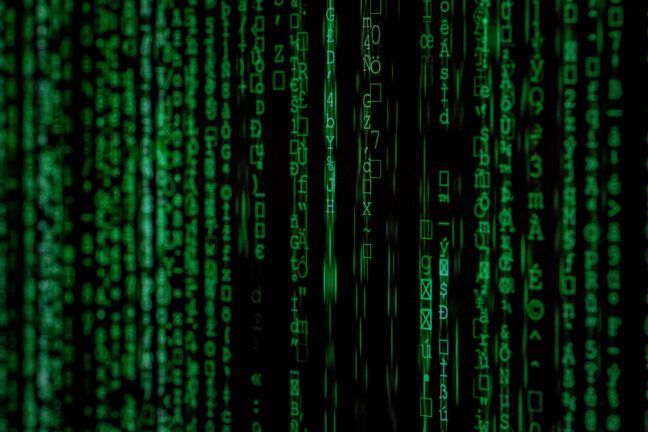
Understanding Computer Forensics
Computer forensics is a branch of digital forensic science that focuses on investigating and analyzing digital devices and media in order to gather evidence for legal proceedings. It is also known as digital forensics or cyber forensics.
With the increasing use of technology in our daily lives, computer forensics has become an essential part of many legal investigations. Whether it’s a case of cybercrime, corporate fraud, or intellectual property theft, computer forensics can help investigators gather evidence from digital devices that may be crucial to building a case.
The process of computer forensics involves several steps, including the identification of digital evidence, the collection and preservation of that evidence, the analysis of the evidence, and the presentation of the findings. Let’s take a closer look at each of these steps.
Identification of Digital Evidence
The first step in the computer forensics process is the identification of digital evidence. This involves identifying the digital devices and media that may contain relevant evidence. This could include computers, mobile phones, external hard drives, USB drives, and cloud-based storage accounts.
Collection and Preservation of Evidence
Once digital evidence has been identified, it is important to collect and preserve it in a way that maintains its integrity and admissibility in court. This may involve creating a forensic image of a hard drive, which is a bit-by-bit copy of the entire contents of the drive. This ensures that the original evidence is not tampered with and can be analyzed without altering its contents.
Analysis of Evidence
Once digital evidence has been collected and preserved, the next step is to analyze it. This may involve examining the contents of emails, text messages, or other types of digital communication, analyzing internet browsing history, or examining the contents of files and documents.
Presentation of Findings
The final step in the computer forensics process is the presentation of findings. This involves presenting the evidence in a clear and concise manner that can be easily understood by a judge or jury. This may involve creating reports, diagrams, or other visual aids to help explain complex technical information.
Computer forensics plays a crucial role in many legal investigations, from criminal cases to civil lawsuits. By using specialized tools and techniques to analyze digital devices and media, computer forensic investigators can help uncover crucial evidence that may otherwise have gone undetected.
In conclusion, computer forensics is a rapidly growing field that is becoming increasingly important in today’s digital age. As technology continues to evolve, the need for computer forensic experts will only continue to grow, as will the importance of their work in helping to ensure justice is served.